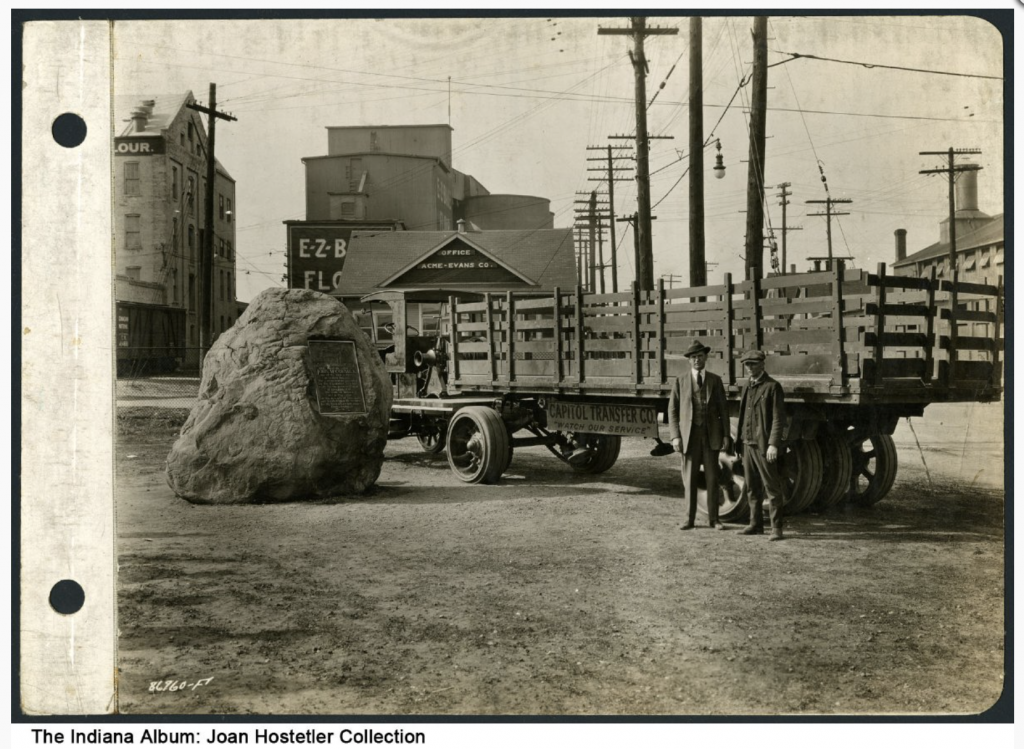(Sept. 25, 1791-Sept. 1825). John McCormick, Jr. is credited as one of the two first settlers in Indianapolis. A resident of Connersville, Indiana, around 1813, McCormick left in February 1820 and led his family, two brothers, and nine employees along the Whetzel Trace to Rushville and then into central Indiana, arriving at the confluence of and on February 26. Family tradition holds that 12 men in the party raised a cabin that first day and greeted the family, which arrived days later.

McCormick, who kept a tavern there until his death, hosted the state commissioners who met in June 1820 and selected the site for the new state capital. McCormick was elected a Marion County commissioner in the first county elections of April 1822. Later that September, he was indicted, found guilty, and fined one cent for obstructing the White River with a mill feeder dam. Public sentiment so strongly favored McCormick and the other indicted millers that the court suspended its sentence on the grounds that the millers had dammed only a small portion of the river.
In his (1910), examined the dispute regarding who was the first white settler in Indianapolis, McCormick or George Pogue. After sorting through each family’s oral histories, Dunn concluded that McCormick was most likely the first permanent settler of European descent in the White River-Fall Creek area (February 1820), whereas Pogue was probably the first to settle permanently within the boundaries of the congressional donation lands (March 1820).

Help improve this entry
Contribute information, offer corrections, suggest images.
You can also recommend new entries related to this topic.